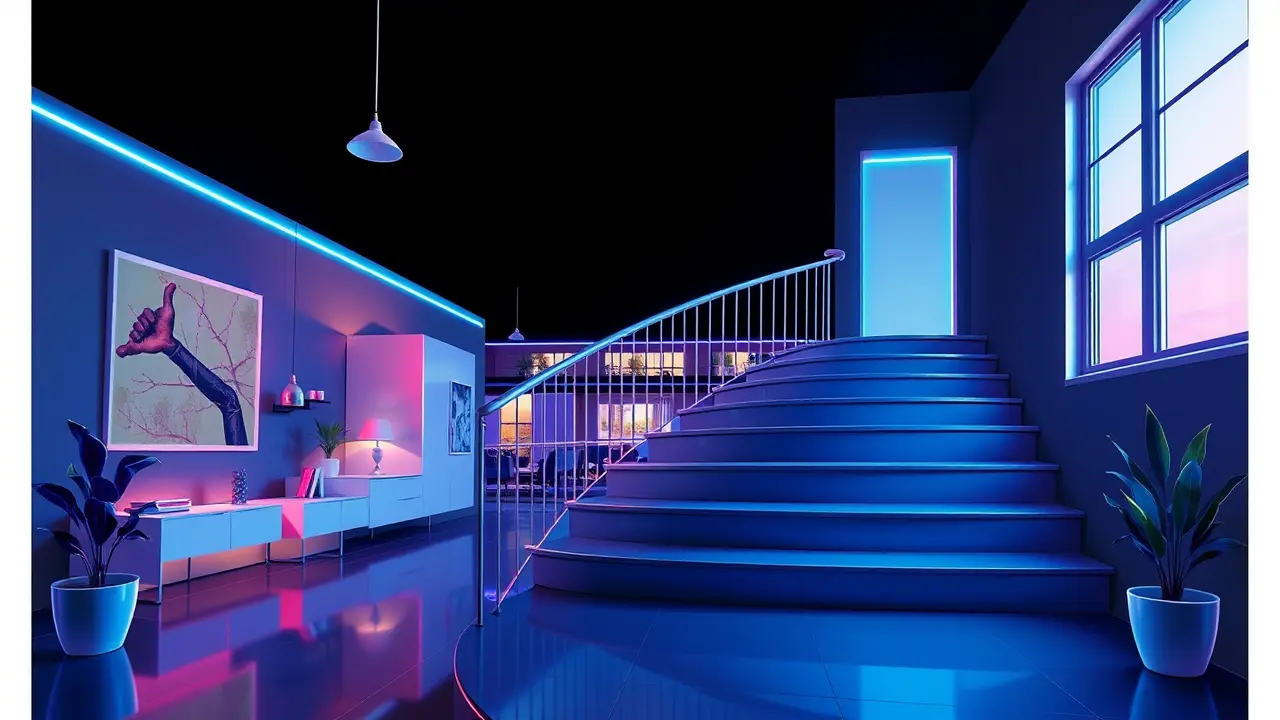
Scienceclimate scienceSustainable Development
Interactive segmented house reconfigures with rotating modules for the future.
SO
Sophia King
9 hours ago7 min read3 comments
Imagine a house that breathes with the environment, a living sculpture of rotating modules that pirouette to the rhythm of nature itself. This isn't a scene from a sci-fi film; it's the tangible vision of the interactive segmented house, a structure where five distinct modules independently rotate in response to sunlight, wind, rainfall, and panoramic views, fundamentally reconfiguring our relationship with domestic space.For those of us in the creative tech sphere, this is the physical manifestation of a generative design philosophy we've been exploring digitally—a built environment that operates like a sophisticated, real-time AI algorithm, continuously optimizing for comfort, efficiency, and aesthetic pleasure. The house functions as an intuitive canvas, its movements choreographed by environmental data streams; a strong sun on a summer afternoon might see modules turn to create shade and capture cooling breezes, while a gentle rain could trigger a reorientation to channel water for a built-in irrigation system, and the dawn's first light would inevitably see living spaces swivel to greet the day.This dynamic architecture echoes the principles we see in tools like Midjourney or advanced Figma plugins, where user input and system parameters collaborate to generate endless, unique iterations—here, the 'user' is nature, and the 'output' is a perpetually evolving home. The implications for sustainable living are profound, suggesting a future where buildings are not static energy hogs but active participants in their own energy management, reducing reliance on mechanical HVAC systems by leveraging passive solar heating and natural cross-ventilation in an elegant, automated ballet.From a design perspective, it challenges the very notion of a fixed floor plan, proposing instead a fluid, adaptable interior geography that can morph from an open, social entertaining space for a weekend gathering into a series of secluded, introspective pods for focused work or rest. This is more than smart home technology; it's architectural sentience, a built form with a kind of spatial intelligence that learns and responds, much like how AI art tools learn from datasets to create novel visuals.The potential for personalization is staggering—imagine a system that learns your daily routines, aligning your bedroom module with the sunrise for a gentle wake-up and your office module with the best natural light for video calls by midday. Of course, such innovation isn't without its hurdles; the mechanical complexity of reliable, weatherproof rotating joints, the structural engineering required to maintain integrity during movement, and the sheer computational power needed for seamless environmental sensing and response present a significant gauntlet for engineers and architects.Yet, seeing this concept materialize feels like watching a favorite digital prototype leap from the screen into reality, a testament to the growing convergence of architectural design, environmental science, and artificial intelligence. It’s a powerful reminder that the future of design isn't just about creating objects or spaces, but about crafting responsive, almost living ecosystems that enhance our daily existence in deeply poetic and practical ways, turning a house from a mere shelter into a dynamic partner in the art of living.
#featured
#architecture
#sustainable design
#rotating modules
#interactive house
#future homes
#environmental adaptation
Stay Informed. Act Smarter.
Get weekly highlights, major headlines, and expert insights — then put your knowledge to work in our live prediction markets.
Related News
© 2025 Outpoll Service LTD. All rights reserved.









